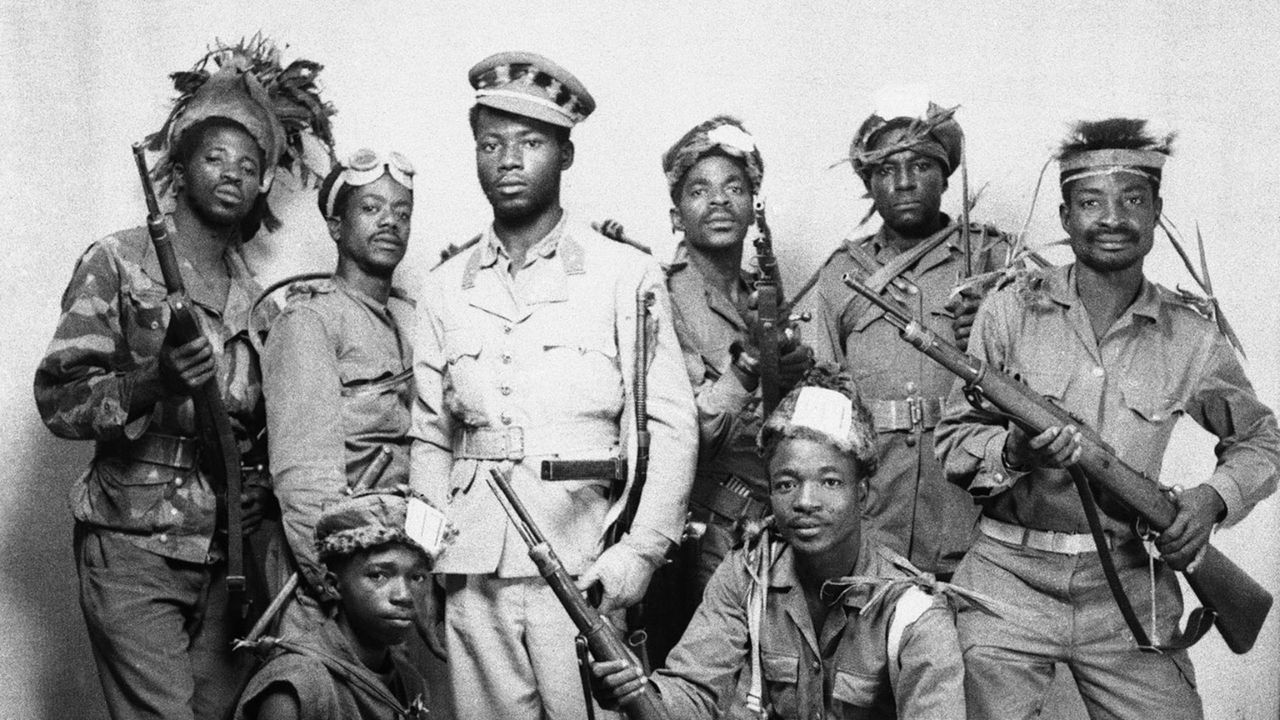
The Stanleyville Mutinies were a series of uprisings in the Congo during the early 1960s. These events were pivotal in shaping the region's political landscape. Why did these mutinies occur? The primary reasons include dissatisfaction among soldiers, ethnic tensions, and political instability following Congo's independence from Belgium in 1960. Soldiers felt neglected and underpaid, leading to widespread unrest. Ethnic divisions further fueled the chaos, as different groups vied for power. Political leaders struggled to maintain control, resulting in a volatile environment ripe for rebellion. Understanding these mutinies provides insight into Congo's turbulent history and the challenges it faced during its formative years.
Key Takeaways:
- The Stanleyville Mutinies were uprisings in the Congo during the 1960s, caused by ethnic tensions, poor conditions, and political instability, leading to significant humanitarian impacts and international involvement.
- The mutinies had far-reaching consequences, contributing to the rise of a dictator, highlighting weaknesses in the government and military, and leaving a lasting legacy in the Congo's history.
What Were the Stanleyville Mutinies?
The Stanleyville Mutinies were a series of military uprisings in the Congo during the 1960s. These events played a significant role in the Congo Crisis, a period of political upheaval and conflict following the country's independence from Belgium.
-
The Stanleyville Mutinies occurred in 1960 and 1964, during the Congo Crisis.
-
Stanleyville, now known as Kisangani, was a major city in the Congo and a focal point for the mutinies.
-
The mutinies were primarily led by soldiers of the Armée Nationale Congolaise (ANC) who were dissatisfied with their conditions and leadership.
Key Figures in the Stanleyville Mutinies
Several important individuals were involved in the Stanleyville Mutinies, influencing the course of events significantly.
-
Patrice Lumumba, the first Prime Minister of the Congo, was a central figure during the 1960 mutiny.
-
Antoine Gizenga, a Lumumba supporter, declared himself head of a rival government in Stanleyville during the 1960 mutiny.
-
General Joseph-Désiré Mobutu, who later became the dictator of Zaire, played a crucial role in suppressing the mutinies.
Causes Behind the Mutinies
Understanding the reasons behind the Stanleyville Mutinies helps to grasp the broader context of the Congo Crisis.
-
The mutinies were fueled by ethnic tensions within the newly formed Congolese army.
-
Soldiers were unhappy with their pay and living conditions, leading to widespread discontent.
-
The mutinies were also a reaction to the political instability and power struggles following Congo's independence.
Impact on the Congo Crisis
The Stanleyville Mutinies had far-reaching consequences for the Congo Crisis and the country's future.
-
The mutinies exacerbated the political instability in the Congo, leading to further conflict.
-
They highlighted the weaknesses of the newly formed Congolese government and military.
-
The mutinies contributed to the eventual rise of Mobutu, who took control of the country in a coup in 1965.
International Involvement
The Stanleyville Mutinies drew the attention of several foreign powers, who intervened in various ways.
-
Belgium, the former colonial power, sent troops to protect its citizens and interests during the mutinies.
-
The United Nations deployed peacekeeping forces to the Congo in response to the crisis.
-
The United States and the Soviet Union, engaged in the Cold War, supported different factions within the Congo.
Humanitarian Consequences
The mutinies had significant humanitarian impacts on the local population.
-
Thousands of civilians were displaced due to the fighting and instability.
-
Many people suffered from food shortages and lack of medical care during the mutinies.
-
Reports of atrocities committed by both mutineers and government forces emerged during this period.
Legacy of the Stanleyville Mutinies
The legacy of the Stanleyville Mutinies continues to influence the Congo and its history.
-
The mutinies are remembered as a pivotal moment in the Congo's struggle for stability and self-governance.
-
They exposed the deep-rooted issues within the Congolese military and government.
-
The events of the mutinies are still studied by historians and political scientists to understand post-colonial African conflicts.
Cultural Depictions
The Stanleyville Mutinies have been depicted in various forms of media and literature.
-
Several books and documentaries have been produced about the Congo Crisis and the mutinies.
-
The mutinies have been referenced in academic works on African history and post-colonial studies.
-
Some films and TV shows have portrayed the events of the mutinies, bringing them to a wider audience.
Lessons Learned
The Stanleyville Mutinies offer important lessons for understanding military uprisings and political instability.
- They demonstrate the dangers of neglecting the welfare and grievances of military personnel.
Final Thoughts on Stanleyville Mutinies
The Stanleyville Mutinies were pivotal moments in Congolese history. They highlighted the struggles of a newly independent nation grappling with internal conflicts and external pressures. These mutinies, occurring in the early 1960s, were driven by soldiers' dissatisfaction with pay and conditions, leading to significant unrest. The events underscored the challenges faced by post-colonial African states in establishing stable governance. Understanding these mutinies provides insight into the broader context of Congo's turbulent journey towards stability. The bravery and resilience of those involved, despite the chaos, remain a testament to the human spirit's endurance. By examining these historical events, we gain a deeper appreciation for the complexities of nation-building in post-colonial Africa. The Stanleyville Mutinies serve as a reminder of the importance of addressing grievances and fostering unity in the pursuit of lasting peace.
Frequently Asked Questions
Was this page helpful?
Our commitment to delivering trustworthy and engaging content is at the heart of what we do. Each fact on our site is contributed by real users like you, bringing a wealth of diverse insights and information. To ensure the highest standards of accuracy and reliability, our dedicated editors meticulously review each submission. This process guarantees that the facts we share are not only fascinating but also credible. Trust in our commitment to quality and authenticity as you explore and learn with us.
